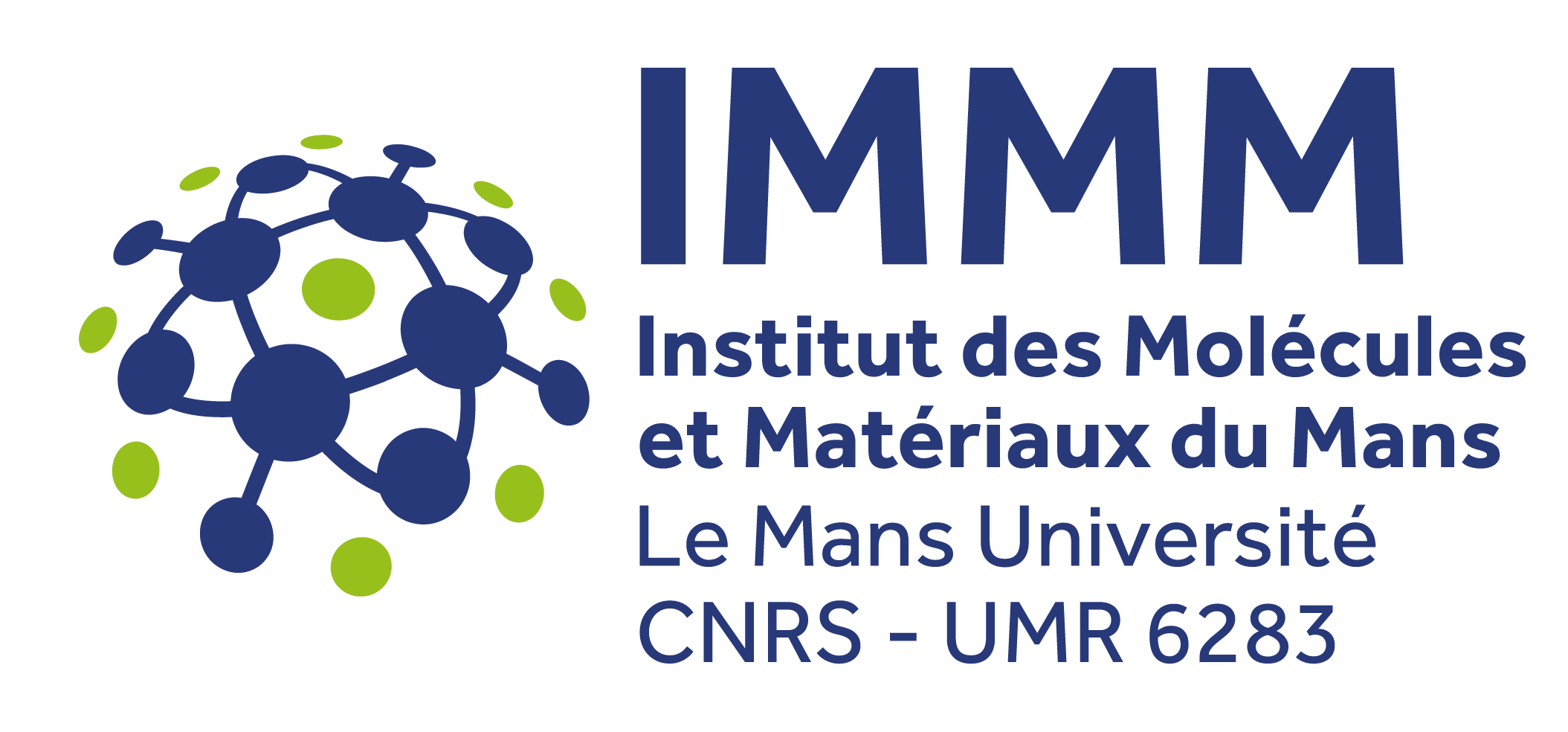Matériaux inorganiques - Inorganic Materials

Matériaux inorganiques

Matériaux inorganiques
The research in the Inorganic Materials (MI) thematic area is focused on homogeneous or composite inorganic materials. These materials, essentially oxides and fluorides, are elaborated in the form of micro or nanometric powders, massive objects or thin layers. They can be crystallized, amorphous or glass-ceramic. The objectives of our research are to determine their intimate organization at the atomic scale and its consequences on functionalities/properties that can lead to applications in the fields of energy, environment and more recently in the field of health. Thus, our materials can contribute to the energy transition by using them in devices that extract energy from chemical reactions (batteries, fuel cells) or transform light energy into electrical energy (photovoltaic). Our materials have also proven to be efficient as catalysts for the synthesis of organic molecules and for the electro-catalytic oxidation of water, thus contributing to the development of more energy-efficient processes. Our activities in the environmental field concern the chemical capture of CO2 and the photo-catalytic degradation of organic pollutants in water. Finally, the development of inorganic bactericidal agents with low ecotoxicity should make it possible to fight against nosocomial infections while being more respectful of the environment.
Structural determination by diffraction on single crystals or powders as well as the synthesis of fluorides are two internationally recognized historical skills of our thematic. Our thematic also has proven skills to improve its knowledge of the organization of matter at short and long distances: Transmission Electron Microscopy, solid state NMR and EPR spectroscopies and modeling. We also characterize the electrical properties of our materials by complex impedance spectroscopy, their magnetic properties by Mossbauer spectroscopy and their vibrational properties by Raman spectroscopy. These last two properties are the subject of collaboration with the PSC thematic. Our internal collaborations at IMMM are not limited to the PSC thematic. Indeed, we call upon the competences of colleagues of the SO and POL thematics for the elaboration of original ligands with multiple tetrazolic rings and polymer beads as template in the elaboration of MOF (Metal organic Frameworks) and OPIF (Organized Porous Inorganic Fluorides), respectively.
The activities are organized in 3 axes and 8 research actions.

Ongoing PhDs
- Ouail ZAKARY, Modélisation structurale de fluorures inorganiques désordonnés, sous la direction de Monique Body et Christophe Legein.
- Valentine GENOT, Nouveaux matériaux fluorés pour le stockage d’agents fluorants gazeux, sous la direction de Jérôme Lhoste, Amandine Guiet et Vincent Maisonneuve
- Alexandre TERRY, Elaboration d'oxyfluorures à cations mixtes comme électrocatalyseur pour la production d'hydrogène vert par électrolyse de l'eau, sous la direction de Jérôme Lhoste et Nikolay Kornienko (Université de Montréal)
- Bastien Guillemat, Élaboration de matériaux MOF pour la purification de l’hydrogène, sous la direction de Maud Barré et Karim Adil
- Qiong Ye, Etude du diagrammes de phases ternaires La2O3-(Mo/W)O3-BaO et exploration des propriétés de conduction ionique, sous la direction de Maud Barré, Karim Adil et François Goutenoire
- Francisco Gomez Cano, Development of TiO2/rGO photocatalytic nanostructures for application in water treatment, A. Kassiba et S. Velumani, cotutelle Le Mans Université – CINVESTAV-Mexico
- Xi Chen, Electrical Performance, Regulation and Conduction Mechanism of doped Zinc Oxide ceramics, A. Kassiba et G. Li, cotutelle Le Mans Université – Shanghai Institute of Ceramics – Université de l’Académie des Sciences de Chine à Pékin
o Axis 1: Investigative crystal chemistry and modeling
o Axis 2: Materials for energy
o Axis 3: Materials for the environment and health







